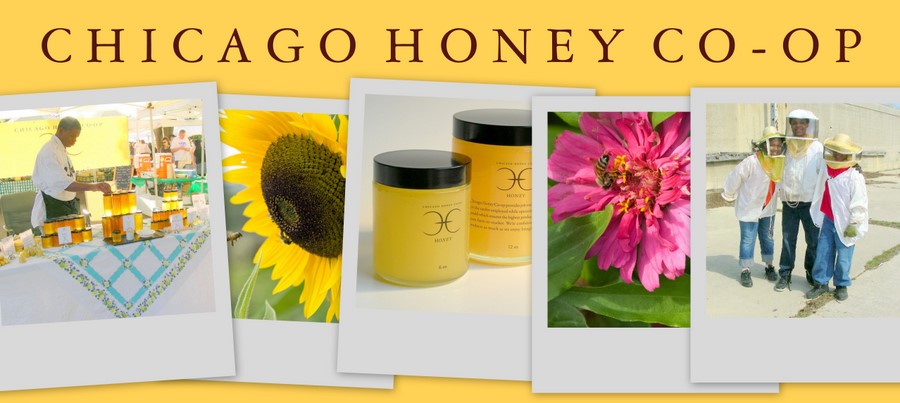Another kind of article encourages well meaning homeowners and gardeners to plant "bee friendly" plants in their backyards. While this is an admirable and kind thing to do, it goes much further toward providing habitat and forage for native pollinators; a just as important and not much recognized area of concern.
Planting "bee friendly" plants in the backyard won't do that much to directly help the honeybees. It's because of the way they search out nectar sources, report back to the other bees in the hive and focus on the most abundant source that is blooming at any given time.
Because of their numbers, forty to eighty thousand bees in the Spring and Summer, they need to produce a lot of food. That's why a backyard garden is nothing for a honeybee to write home about. Honeybees have evolved into very efficient foragers over the eons they have been on the Earth. Flying from flower to flower, backyard to backyard is energy inefficient. It requires too much flying for the nectar collected.

So, if you want to help the honeybees, you know what to do.
Here is a Wikipedia list of trees important for honeybees in the North of the U.S.
http://en.wikipedia.org/wiki/Northern_nectar_sources_for_honey_bees
The above list left out one of the best tree types for nectar (and honey by the way) Linden trees also known as Basswood. http://en.wikipedia.org/wiki/Tilia#Uses










